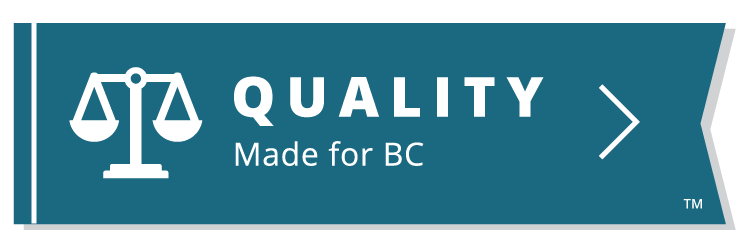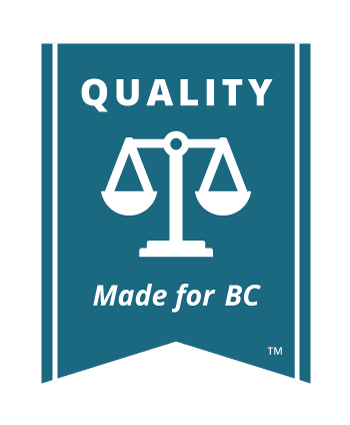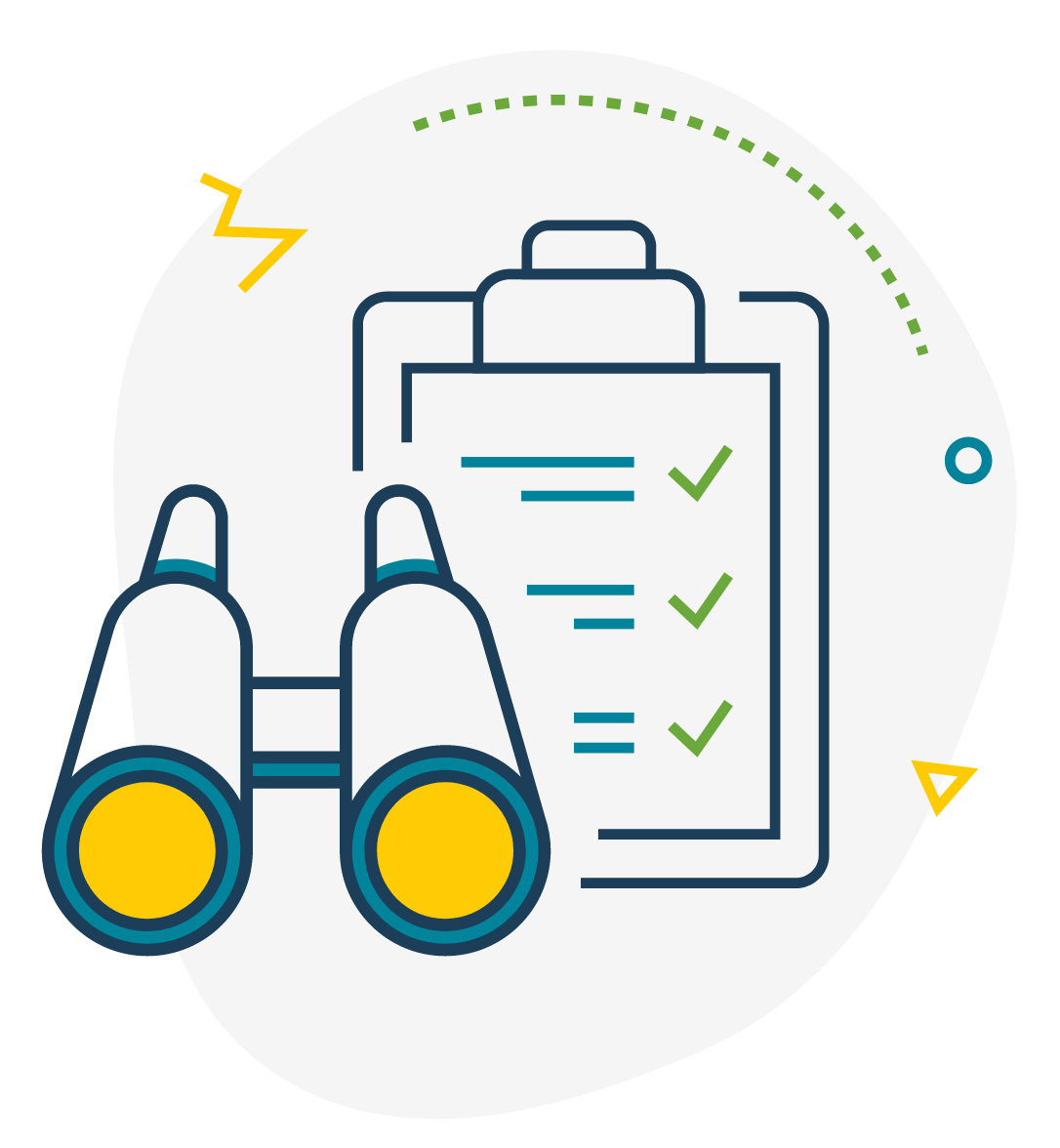Witnesses


Questioning Witnesses

You will need to question the witnesses you call. This type of questioning is called direct examination. For a direct examination you will need to ask open questions which are questions that allow for explanations. Open questions usually begin with words like who, what, why, where, how, tell me about, or describe.

Key Term
Open questions are open ended allowing the answerer to explain their answers. Leading questions, lead the witness to an answer usually, yes or no
Here is an example to show you the difference:
- Open Question: “How long did you work for ABC Company”
- Leading Question: “You worked for ABC Company for 2 years, right?”
Leading questions, on the other hand, lead the witness to a particular answer. They are usually answered with a yes or no. Leading questions allow you to control what the witness talks about and often helps you get the witness to give a specific answer. You cannot ask leading questions of the witnesses you call. If you ask your own witness leading questions, the other party has the right to object and the judge may ask you to rephrase the question.
One way to think about leading questions is that you just say what you want the witness to say and then add “right?” or “is this correct?” at the end.
The other party will also be calling witnesses, once they have questioned them it is your turn. You are allowed to ask leading questions of the other party’s witness when you question them.

Key Term
Asking questions of another party’s witness is called cross-examination. Asking questions of a witness you call is called a direct examination
Cross-examination is a skill that is difficult even for lawyers to develop. Because the rules in Small Claims Court are more flexible, the judge may simply allow you to respond to what the witness said, rather than, or in addition to, cross examining them. If you think it would be easier to get your point across this way simply ask the judge if you could respond with your side of the story.
When you cross–examine, you will want to:
- Get evidence that supports your case
- Try to get the witness to agree to facts you present
- Test the witness’s truthfulness and memory. You can do this by bringing into question their memory of certain events or their truthfulness. Show that they may be biased or that they are inconsistent with their story
| Type of Witness | Open Questions | Leading Questions |
|---|---|---|
|
Direct Examination: Witnesses you call |
Yes |
No |
|
Cross-Examination: Other party's witness |
Usually best to avoid |
Yes |
Tips for Questioning Witnesses:
- Don’t argue with the witness
- Don’t comment on what the witness says until you are give a chance to reply
- Take notes during witness testimony, noting points you disagree with or want to question them about
After the other party cross-examines your witness, you may get a chance to re-examine, as in ask further questions of that witness. During re-examination, you only get to talk about things that came up during the cross-examination. The same rules apply to the other party.

DIY Tools
To help prepare you to question your witnesses fill out the Witness Worksheet
Introducing Evidence

To present a document in court and enter it as evidence you usually need someone, a witness or a party (this could be you), to introduce it to the court. They will need to swear that it is the authentic document (usually because they created the document) and may be needed to explain the content of the document. Again, the judge has a lot of control over the process, so tell the judge you want to present the document and follow their instructions. Described below is the more formal way of introducing a document.
If you are presenting a document:
- Take each original document and hand it to the court clerk as you tell the judge about it
- Give the other party one of the copies of the document or tell them which document you will be referring to if you have already given it to them
- You may need to stand in the witness box and swear or affirm the truth of your statements
- Alternatively you may present the document to the court if it is an exhibit to your sworn affidavit - if the judge allows it
- After identifying the document it will be marked as an exhibit
If you are presenting a document to a witness:
- Make sure the other side has a copy of the document
- Give the document to the clerk
- Ask the clerk to mark it for identification and give it to the judge at the beginning of the testimony of the witness who will identify it
- Once it has been identified, ask the clerk to mark it as an exhibit
Objections
An objection is when one party challenges the introduction of a certain type of evidence or question. Objections in court are not as frequent nor as dramatic as shown in TV trials. Common objections include:
- Inappropriate, leading question
- Asking multiple questions at one time
- Asking vague or confusing questions
- When a witness provides information about something they did not directly witness (hearsay), and
- When a witness who is not an expert witness, gives opinions
How do I object?
If you think a question the other party is asking an inappropriate question or a witness is giving an inappropriate answer, you:
- Stand up and say “objection”
- Say the reason you are objecting (be concise)
- Sit down
- The other party may then explain why the question is appropriate
- The judge makes a decision as to whether to allow the question or not
If the other party objects to one of your questions, stop talking, sit down and listen. Then make your case.

DIY Tools
Fill out your own Evidence Inventory Worksheet to organize your evidence before trial






